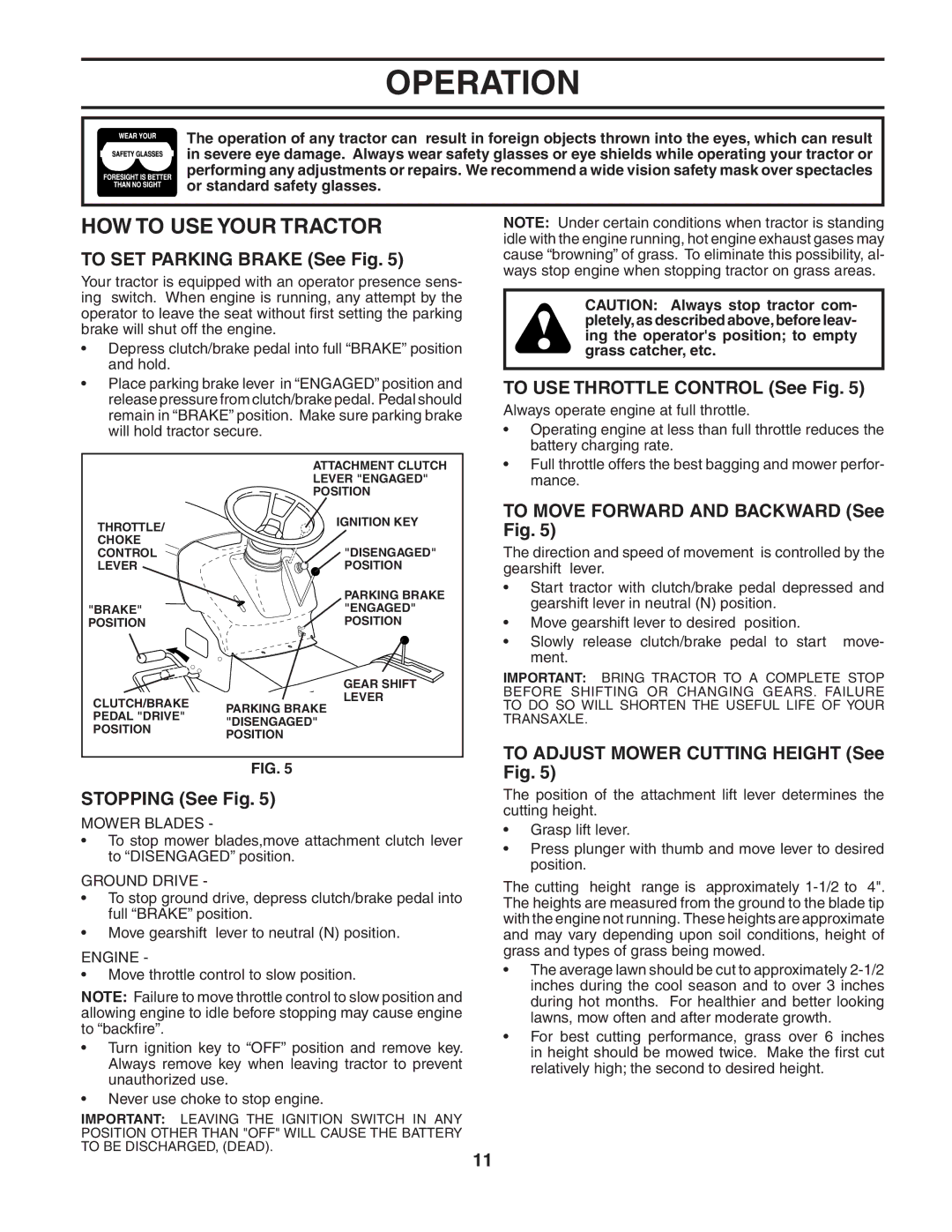WET2242STA specifications
The Weed Eater WET2242STA is a versatile and efficient string trimmer designed to handle a variety of lawn maintenance tasks with ease. Known for its powerful performance and user-friendly features, the WET2242STA has become a staple in many residential gardens and landscaping projects.One of the standout features of the WET2242STA is its robust 22cc two-cycle engine, which provides ample power for tackling even the toughest overgrowth. This engine is engineered for optimal fuel efficiency, ensuring that users can work longer without the need for frequent refueling. With a dependable starting mechanism, the Weed Eater minimizes frustration, allowing users to get started on their tasks quickly.
The design of the WET2242STA includes a straight shaft, making it easier to reach under bushes and around obstacles. The longer reach is particularly advantageous for trimming tall grass and weeds in hard-to-access areas. Additionally, the dual-line bump head simplifies the process of loading new string, enabling users to spend more time working and less time dealing with equipment maintenance.
A significant technological feature of the WET2242STA is its anti-vibration system which enhances comfort during extended use. This system significantly reduces the hand fatigue typically associated with lawn care tasks, allowing users to enjoy prolonged periods of trimming without discomfort.
The trimmer also features an adjustable handle, providing users with customizable control and comfort as they work. Whether tackling small residential lawns or larger, more demanding tasks, the adjustable handle allows for a more personalized grip.
Safety is also a priority in the design of the WET2242STA. The trimmer incorporates several safety features, including a protective shield that helps keep debris at bay and a throttle lock that prevents accidental starting.
Overall, the Weed Eater WET2242STA combines power, comfort, and user-friendly design to create a reliable tool for lawn care enthusiasts. With its powerful engine, innovative features, and thoughtful design, it stands out as an excellent choice for anyone looking to maintain a well-groomed outdoor space. The WET2242STA is engineered to make lawn care simpler and more enjoyable, ensuring that users can achieve professional results with minimal effort.

